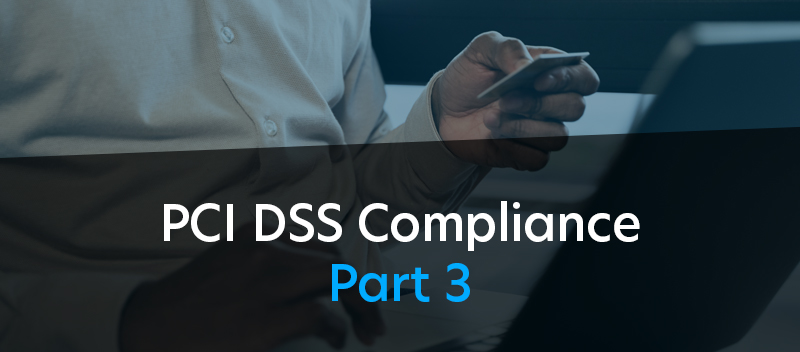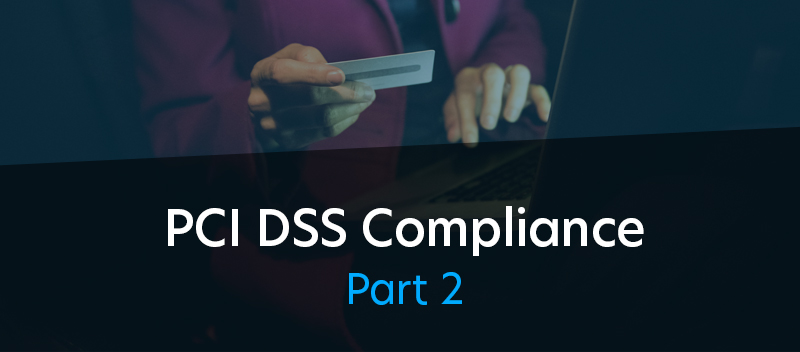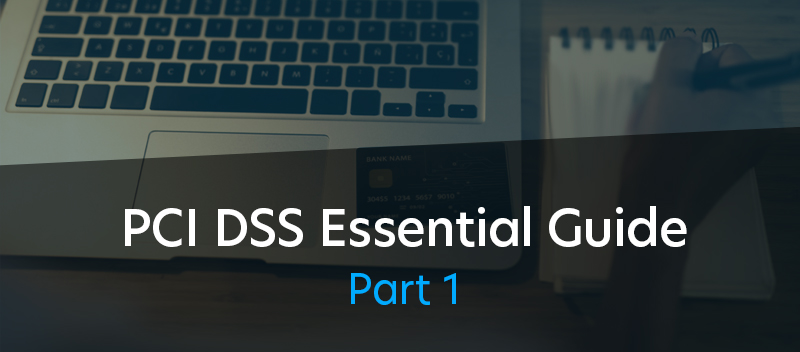Cyber Security Posture in 2024: All You Need to Know

Cyber security posture refers to an organization’s overall defensive stance against cyber threats, encompassing its policies, practices, and technologies designed to protect digital assets and sensitive information from unauthorized access, theft, or damage.
As we venture further into 2024, understanding and fortifying one’s cyber security posture has become more crucial than ever. Emerging technologies and digital innovations continue to reshape how we live, work, and interact. However, these advancements also introduce new vulnerabilities and avenues for cybercriminals to exploit.
In the following sections, we will explore the most pressing cyber threats in 2024, the key components of an effective cyber security posture, and provide actionable insights to enhance your organization’s resilience against cyberattacks.
Key Trends Shaping Cyber Security in 2024
Here are the key trends shaping cyber security in 2024 that you should know about:
Rise of AI and Machine Learning in Cybersecurity
Integrating Artificial Intelligence (AI) and machine learning into cyber security practices has been a game-changer. These technologies have significantly enhanced the ability to detect and respond to cyber threats quickly and accurately.
AI-driven security systems can analyze vast amounts of data to identify patterns and anomalies indicative of cyberattacks, often spotting threats that would elude human analysts. This proactive stance allows for quicker mitigation and lessens potential damage.
- Automated Threat Detection: AI algorithms continuously learn from new data, improving their ability to detect emerging threats.
- Incident Response: Machine learning enables faster and more effective response strategies, minimizing downtime and impact.
Impact of Quantum Computing on Encryption and Security Measures
Quantum computing represents a double-edged sword for cyber security. On one hand, its immense processing power promises to revolutionize areas such as data analysis and encryption. Conversely, it poses a significant threat to current cryptographic standards, potentially rendering them obsolete.
The advent of quantum computing necessitates the development of quantum-resistant encryption methods to safeguard sensitive information against future quantum-enabled cyber threats.
- Quantum-Resistant Encryption: Researchers are actively developing new encryption methods that can withstand the capabilities of quantum computing.
Increased Focus on Zero-Trust Security Frameworks
The concept of “never trust, always verify” underpins the zero-trust security model, which has gained significant traction in 2024. In contrast to traditional perimeter-based security models, zero-trust assumes that threats can originate from anywhere — both outside and within the network.
This approach requires strict identity verification for every person and device attempting to access resources on a private network, regardless of location.
- Microsegmentation: Dividing networks into small, secure zones to contain potential breaches.
- Multi-factor Authentication (MFA): Applying multiple layers of authentication to verify user identities.
These trends underscore the dynamic nature of cyber security in 2024. By embracing them, businesses can significantly enhance their cyber defense mechanisms.
Learn more about the key trends in cybersecurity Here
Emerging Threats and Challenges
Organizations must stay vigilant and adapt their security measures to counter these threats and challenges:
Ransomware Attacks and Their Evolving Tactics
Ransomware attacks have undergone significant evolution, becoming more sophisticated and targeted. These attacks not only encrypt victims’ files, demanding a ransom for their release but also increasingly involve data theft, with attackers threatening to leak sensitive information unless additional demands are met.
The dual-threat approach amplifies the potential impact on victims, encompassing financial losses, reputational damage, and legal ramifications.
- Double Extortion: Attackers not only encrypt data but also threaten its publication.
- Targeted Attacks: Increasing focus on high-value targets, including critical infrastructure and large corporations.
Threats Posed by IoT Devices and the Need for Enhanced Security Measures
The proliferation of Internet of Things (IoT) devices has significantly expanded the attack surface for cybercriminals. Many IoT devices are not built with security in mind, making them easy targets for attackers looking to infiltrate networks or launch large-scale Distributed Denial of Service (DDoS) attacks.
Ensuring these devices are secure by design and implementing robust security protocols is crucial to mitigate their risks.
- Device Hardening: Implementing security features in IoT devices during the manufacturing process.
- Network Segmentation: Isolating IoT devices from critical network segments to contain potential breaches.
Regulatory Changes Impacting Cybersecurity Practices
Regulatory landscapes worldwide are evolving to address the growing concerns over cyber security and data privacy. New and updated regulations impose stricter requirements on organizations to protect consumer data and report breaches.
These changes underscore the need for compliance but also introduce new challenges in implementation and ongoing management.
- Data Protection Laws: Increasingly stringent requirements for protecting personal and sensitive data.
- Breach Notification: Mandatory reporting of security breaches within specified timeframes.
Organizations must continuously evaluate and update their security practices in response to the dynamic threat landscape and regulatory environment.
Strategies for Enhancing Cyber Security Posture
In response to the escalating cyber threats and regulatory pressures of 2024, organizations are adopting comprehensive strategies to bolster their cyber security posture:
Implementing Multi-factor Authentication and Biometric Security Measures
One of the most effective steps an organization can take to protect its digital assets is strengthening access controls. Implementing multi-factor authentication (MFA) and biometric security measures significantly reduces the risk of unauthorized access.
- Multi-factor Authentication (MFA): Requires users to provide two or more verification factors to gain access to resources, adding an extra layer of security beyond just passwords.
- Biometric Security: Utilizes unique biological characteristics, such as fingerprints or facial recognition, to verify identity, offering a high degree of accuracy and security.
Leveraging Threat Intelligence and Proactive Incident Response Strategies
Staying informed about the latest cyber threats and having a proactive incident response plan is crucial for minimizing the impact of a breach. Leveraging threat intelligence allows organizations to anticipate and respond to threats more effectively.
- Threat Intelligence: Utilizing data gathered from various sources to identify potential threats before they impact the organization.
- Incident Response Planning: Developing and regularly updating a comprehensive incident response plan to ensure quick and coordinated action in the event of a security breach.
Partnering TrustNet for Enhanced Cybersecurity and Compliance
Partnering with experts like TrustNet is not just about outsourcing security tasks; it’s about leveraging expert knowledge and cutting-edge technology to create a robust defense mechanism against cyber threats.
TrustNet’s comprehensive suite of services can significantly contribute to enhancing an organization’s security measures and compliance strategies in several ways:
— Penetration Testing: By conducting thorough penetration tests, TrustNet helps organizations identify vulnerabilities in their IT infrastructure that could potentially be exploited by attackers. This proactive measure allows companies to address weaknesses before they can be used against them, thereby strengthening their security defenses.
— Cyber Risk Assessment: TrustNet’s cyber risk assessment services provide organizations with a detailed analysis of their exposure to various cyber threats. This enables companies to prioritize their security initiatives based on the level of risk, ensuring efficient allocation of resources towards mitigating the most critical vulnerabilities.
— Security Awareness Training Programs: TrustNet’s security awareness training programs are designed to educate employees about the latest cybersecurity threats and best practices for preventing them. Regular training sessions and phishing simulations help build a culture of security awareness throughout the organization, reducing the likelihood of breaches caused by inadvertent employee actions.
— Compliance Services: Navigating the complex landscape of regulatory requirements can be challenging for many organizations. TrustNet offers compliance services covering a wide range of standards and regulations, including HIPAA, GDPR, ISO 27001, SOC, PCI DSS, and more.
Ultimately, the key to success lies in adopting a holistic approach encompassing technology, processes, people, and partnerships.
Future Outlook and Predictions
The future of cybersecurity in 2024 and beyond postures is set to be significantly influenced by several pivotal trends:
Increased Focus on AI and Machine Learning in Cybersecurity: Artificial Intelligence (AI) and Machine Learning (ML) are once again anticipated to become central pillars in the fight against cyber threats.
Growing Importance of IoT Security: As we mentioned earlier, IoT continues to expand, securing the myriad of connected devices will become paramount.
Expansion of Remote Work and Cybersecurity Implications: The shift towards remote work is expected to persist, underscoring the need for robust cybersecurity measures tailored to protect dispersed workforces and the proliferation of endpoint devices.
Enhanced Focus on Mobile Security: With mobile devices increasingly becoming primary tools for personal and professional use, bolstering mobile security to safeguard against vulnerabilities and exploits will be crucial.
Blockchain and Cybersecurity: Blockchain technology is forecasted to play a significant role in enhancing cybersecurity, offering decentralized security solutions that can mitigate fraud, improve data integrity, and ensure secure transactions.
As we look to the future, it’s clear that the cybersecurity landscape will continue to evolve at an accelerated pace. Organizations must stay informed and agile, adopting these emerging technologies and practices to navigate the complexities of the digital age securely.
Stay Ahead in Cybersecurity with TrustNet
Given these insights, organizations must adopt a forward-thinking approach, prioritizing investment in cutting-edge technologies and practices that bolster their cyber defenses. Embracing a continuous learning and adaptation culture will be vital in navigating the complexities of tomorrow’s cyber threats.
Additionally, by understanding the key trends shaping the future of cybersecurity and taking proactive steps to incorporate these insights into strategic planning, organizations can position themselves to thrive in the face of digital adversities.
For organizations and individuals looking to stay ahead of the curve in cybersecurity trends and best practices, TrustNet’s website serves as a valuable resource. We offer up-to-date information, insights, and guidance on navigating the ever-changing cybersecurity landscape.




